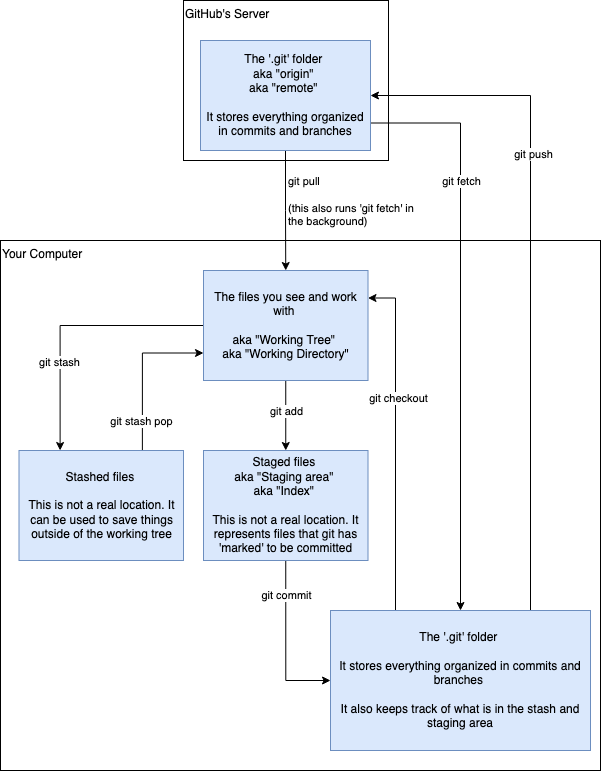this post was submitted on 25 Jun 2023
20 points (95.5% liked)
Learn Programming
1826 readers
2 users here now
Posting Etiquette
-
Ask the main part of your question in the title. This should be concise but informative.
-
Provide everything up front. Don't make people fish for more details in the comments. Provide background information and examples.
-
Be present for follow up questions. Don't ask for help and run away. Stick around to answer questions and provide more details.
-
Ask about the problem you're trying to solve. Don't focus too much on debugging your exact solution, as you may be going down the wrong path. Include as much information as you can about what you ultimately are trying to achieve. See more on this here: https://xyproblem.info/
Icon base by Delapouite under CC BY 3.0 with modifications to add a gradient
founded 2 years ago
MODERATORS
you are viewing a single comment's thread
view the rest of the comments
view the rest of the comments

This is an awesome graphic!
At one point I got in the habit of
stash applyrather thanstash pop.I like it since the original stash stays unmodified, and can be reapplied if needed.
I dislike it since I am bad at cleaning up my stashes and they can grow large (my own fault). Also bad at naming my stashes (i.e.
git stash save "my new stash") and then it gets hard to tell which is which when inspecting the stash.